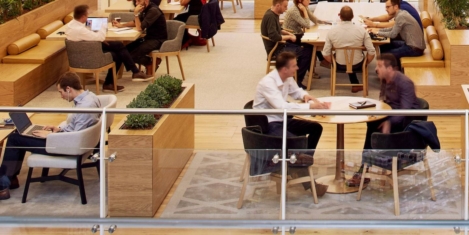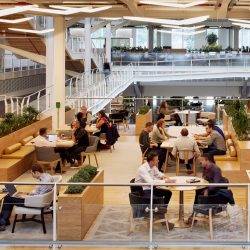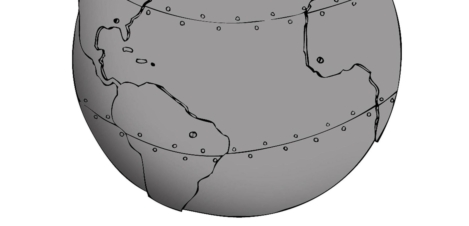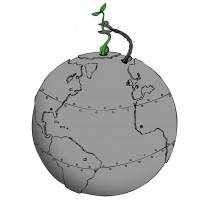May 13, 2017
From footprint to footfall: how the experiential workplace is set to take over the world 1
 From the archive. This piece was originally published in 2016. The culture within which we work determines how effective, successful, fulfilled and well we are in both our professional and personal lives. The organisations for which we work – on whatever basis that might be – the physical surroundings they create, and the other places in which we choose to work are now woven into the fabric of our lives as never before. The technological immersion that allows us to work in new ways also means that each day becomes a series of experiences. Because we are free to work wherever and whenever we choose, we are increasingly able to determine the nature of those experiences. For those who design and manage offices this represents both a great opportunity and an unprecedented series of challenges.
From the archive. This piece was originally published in 2016. The culture within which we work determines how effective, successful, fulfilled and well we are in both our professional and personal lives. The organisations for which we work – on whatever basis that might be – the physical surroundings they create, and the other places in which we choose to work are now woven into the fabric of our lives as never before. The technological immersion that allows us to work in new ways also means that each day becomes a series of experiences. Because we are free to work wherever and whenever we choose, we are increasingly able to determine the nature of those experiences. For those who design and manage offices this represents both a great opportunity and an unprecedented series of challenges.


































May 26, 2017
Workplace Matters Podcast on productivity, professionalism and activity based working with Chris Moriarty 0
by Ian Ellison • Comment, Facilities management, Podcasts, Premium Content, Technology, Workplace design
(more…)